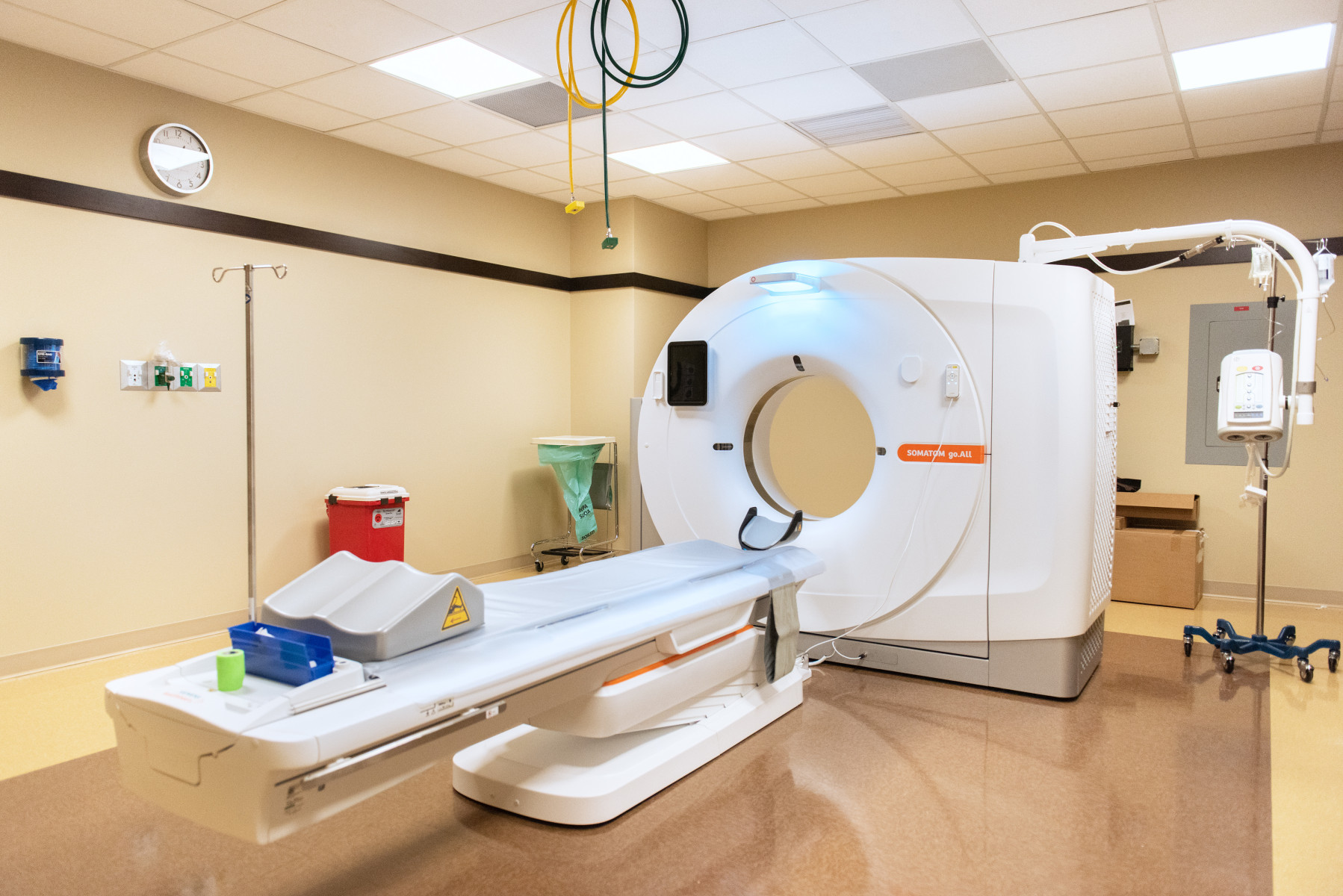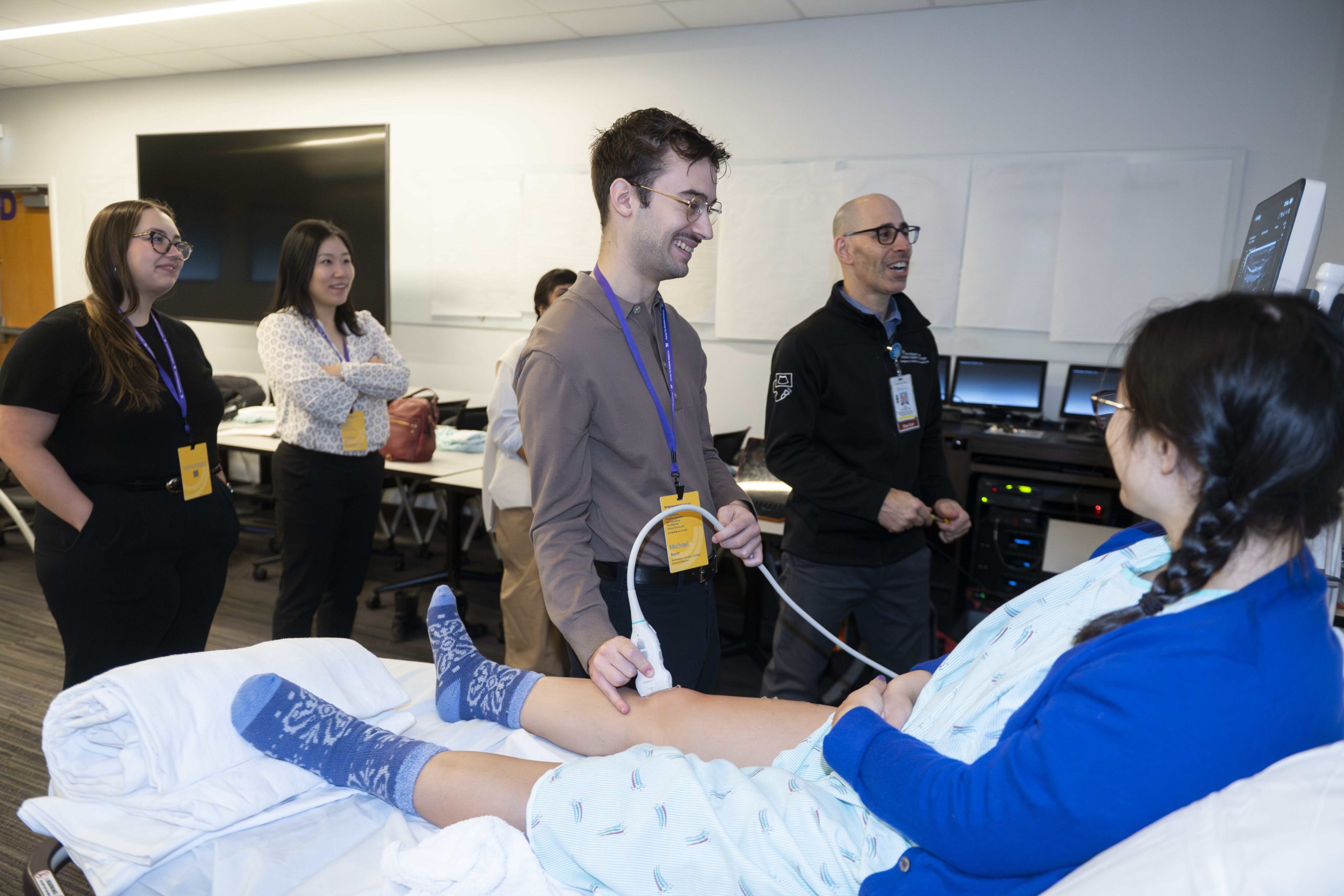
A new nationwide study has revealed striking differences in how brain and nervous system cancers affect Americans depending on where they live, as well as their age, sex and socioeconomic status, according to the study published in JAMA Neurology.
Primary brain and central nervous system cancers account for only a small fraction of all cancers in the United States — roughly 2 percent — but their impact is far from minor, said Ariz Keshwani, ’21 BA, ’22 MPH, a Feinberg medical student who was a co-author of the study.
“This study, which was done as part of the Global Burden of Disease Collaborator Network, is probably the world’s largest, most comprehensive effort to measure some of these health outcomes,” Keshwani said.
In the study, investigators found that in 2021, nearly 32,000 Americans were diagnosed with brain or central nervous system cancer. While the overall rate of new cases has remained steady since 1990, deaths and disability from the disease have declined modestly, according to the findings. Mortality dropped by about 8 percent, and the overall burden of disease — measured in years of life lost or lived with disability — fell by 16 percent.
“The big headline for this study specifically is people are still getting CNS cancer at the same rate as 30 years ago, but fewer are dying and they’re able to live a little bit longer even with the disease,” Keshwani said.
The study did, however, highlight stark geographic differences in cancer burden. States including Mississippi, Alabama, Kentucky, Kansas and West Virginia have consistently faced higher rates of illness and death from these cancers over the past three decades. The study authors suggested that access to care, socioeconomic factors and regional health disparities may play a role.
The team of scientists also found demographic differences: Men showed higher rates of disease burden compared to women and the youngest children (under age 5) saw a sharp decline in cancer incidence, a potential sign of progress. But older adults — especially those over 70 — experienced rising rates of diagnosis and death.
Keshwani said the findings could help guide policymakers and clinicians in targeting resources where they are most needed.
“A big part of medicine is caring for patients and treating them as best as we can using the current body of knowledge that’s out there. All this information is constantly changing and evolving as technology and science advance, it’s important that the current clinical guidelines and body of knowledge also reflect that,” Keshwani said.
Moving forward, Keshwani said he will be involved in additional studies focusing on disease burden and public health.
“It’s one thing to work in a clinic and just be handed guidelines,” Keshwani said. “But it’s also important to be able to see how this information is established and critically analyze how certain guidelines are made. Unless you’re actively thinking about it, it’s easy to miss the disparities that exist just systematically.”
The study was funded by the Gates Foundation, Australian National Health and Medical Research Council, and Queensland Department of Health, Australia.






